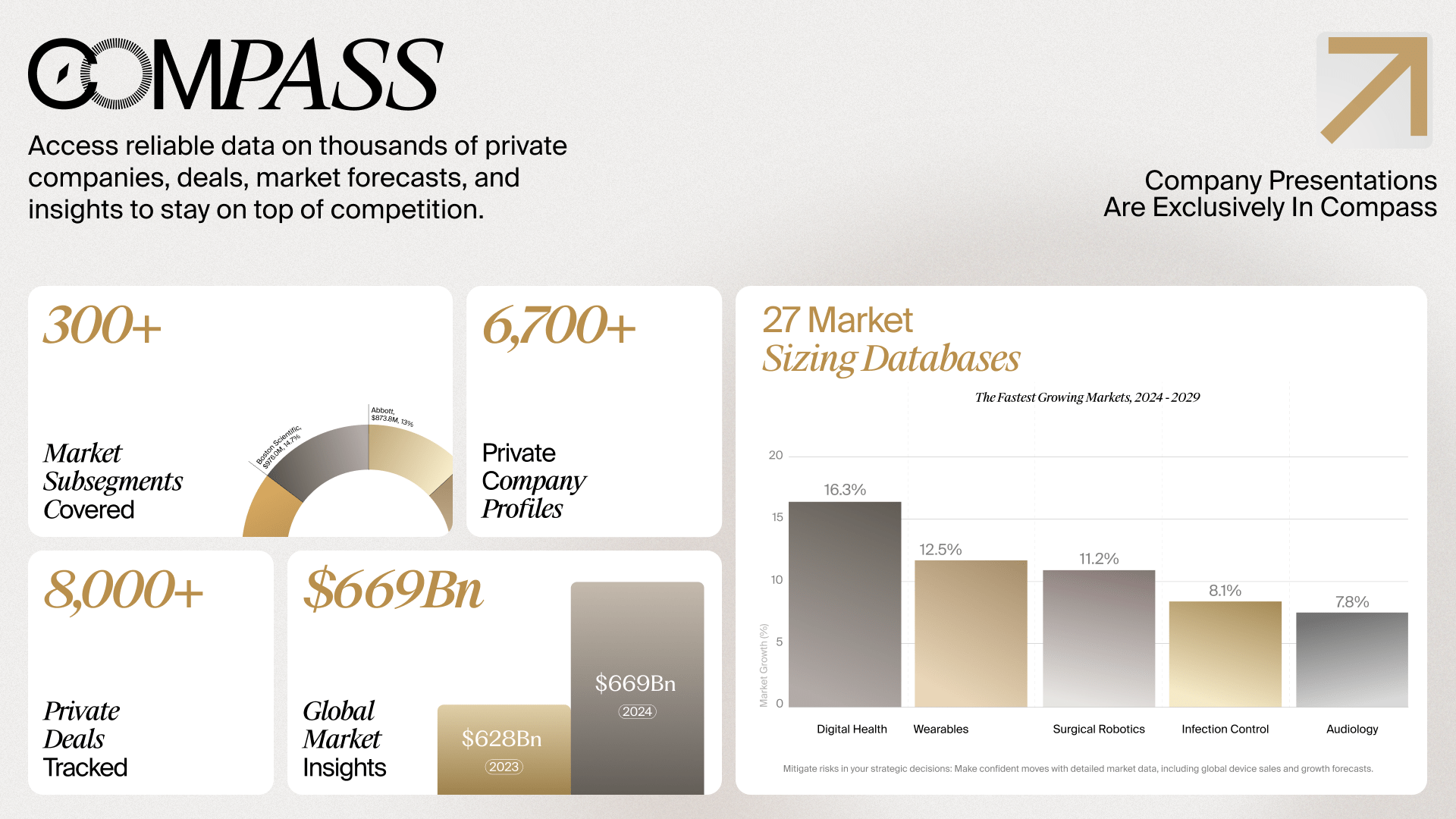- Video Library
- Carevature | Dennis Farrell, President & CEO
Carevature | Dennis Farrell, President & CEO
Dennis Farrel
Established medical device professional, thought leader, and visionary with over three decades of experience conceptualizing, developing, and launching cutting-edge products with a current focus on advancing the science within the spinal surgery space through development of a vision guided, surgeon controlled spinal robotics platform. Expert in Medical Devices, Spine, Product Development, Regulatory, Sales, and Marketing in both US and OUS markets. Track record of spearheading comprehensive IDE studies in alignment with FDA guidelines and requirements yielding successful patient outcomes and approval. Recognized for utilizing executive leadership skills to build and direct technically-advanced teams in the execution of organizational strategies surrounding global business development, financial management, P&L, project planning, operations, and stakeholder management. Reputed change agent with vast entrepreneurial successes and proven history of driving innovation within the healthcare industry.
Dennis Farrel
Established medical device professional, thought leader, and visionary with over three decades of experience conceptualizing, developing, and launching cutting-edge products with a current focus on advancing the science within the spinal surgery space through development of a vision guided, surgeon controlled spinal robotics platform. Expert in Medical Devices, Spine, Product Development, Regulatory, Sales, and Marketing in both US and OUS markets. Track record of spearheading comprehensive IDE studies in alignment with FDA guidelines and requirements yielding successful patient outcomes and approval. Recognized for utilizing executive leadership skills to build and direct technically-advanced teams in the execution of organizational strategies surrounding global business development, financial management, P&L, project planning, operations, and stakeholder management. Reputed change agent with vast entrepreneurial successes and proven history of driving innovation within the healthcare industry.
17011 Beach Blvd, Suite 500 Huntington Beach, CA 92647
714-847-3540© 2025 Life Science Intelligence, Inc., All Rights Reserved. | Privacy Policy







